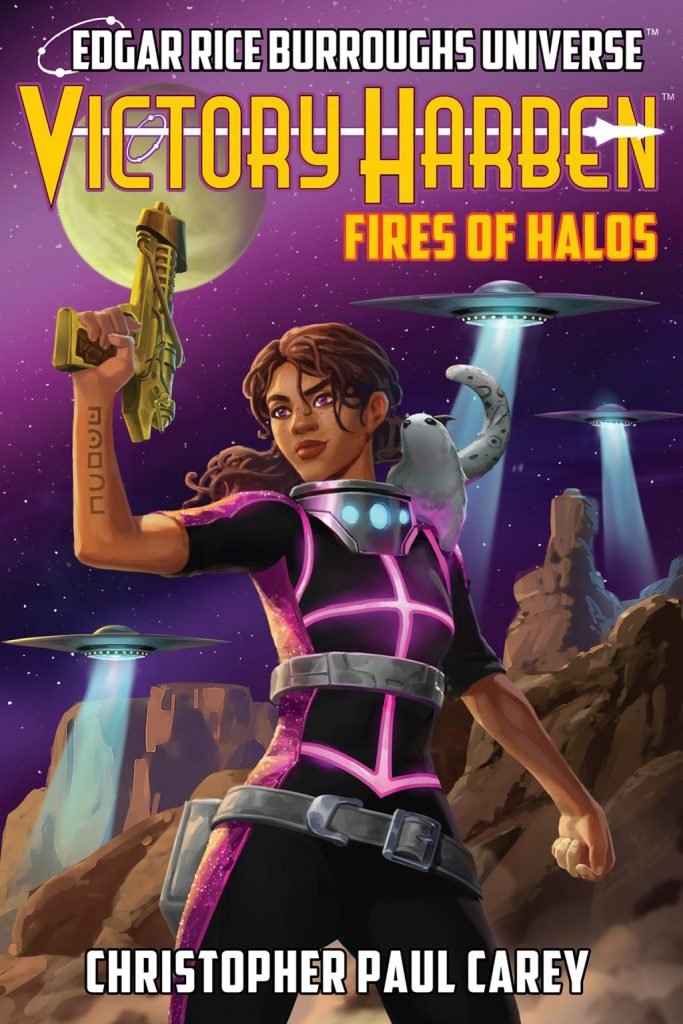TITLE: Dracula’s Child
AUTHOR: J.S. Barnes
576 pages, Titan Books, ISBN 9781789093391 (paperback, e-book, audio)
MY RATING: 4 stars out of 5
REVIEW: Dracula’s Child is just one of the most recent in an overwhelming and ever-growing number of sequels to Bram Stoker’s classic, but it stands out from the crowd for a number of reasons.
This is one of those sequels that mimics the original novel’s epistolary style successfully. Dracula’s Child is told through entries from characters’ private journals, correspondence between characters, and press clippings that coalesce into an expansive whole where the reader usually knows more than any individual character knows – heightening the palpable sense of foreboding and doom that befits a gothic adventure novel while at the same time giving the reader glimmers of hope that the characters don’t have. The perspectives of new characters are woven well with those of characters we’re already familiar with; Jonathan and Mina Harker, Arthur Holmwood, Jack Seward, and Abraham Van Helsing are all back, as is Jonathan and Mina’s now almost-teenage son Quincey.
If I have one complaint about the book, it’s how miserable all of the returning characters seem to be. If you know me, you know my deep attachment to the original novel and characters. It is hard for me to read a book in which those stalwarts who defeated a great evil appear to have led lives of such deep unhappiness in the aftermath. But that is a personal qualm, and I will readily admit that the unhappiness of the Harkers, et al, contributes to the overall sense of impending disaster the novel maintains.
Another positive: this is one of those seemingly rare sequels that does not riff on the now overused trope that Mina Harker (nee Murray) is the incarnation of Dracula’s lost love (which was nowhere in the original novel). There is no romantic connection between them here. In fact, it’s clear that Mina is still dealing with the trauma from Dracula’s assault/rape of her in the original novel. This really was a breath of fresh air compared to many recent sequels and retellings.
Barnes also incorporates something Stoker could not possibly have done overtly in the original: gay characters who are more than just stereotypes. The author deftly includes scenes of what it was like to live an “openly secret” homosexual life, or as much of one as could be lived given the strictures of the time. I appreciated the period-appropriate representation.
Overall, Dracula’s Child is a sequel that builds well from the original source material rather than rewriting or supplanting it. Like most sequels, it “goes bigger” than the original but in ways that feel original and exciting. And while it leaves room for a follow-up, if Barnes decides to never revisit these characters I feel content with where he leaves his cast in the final pages.









